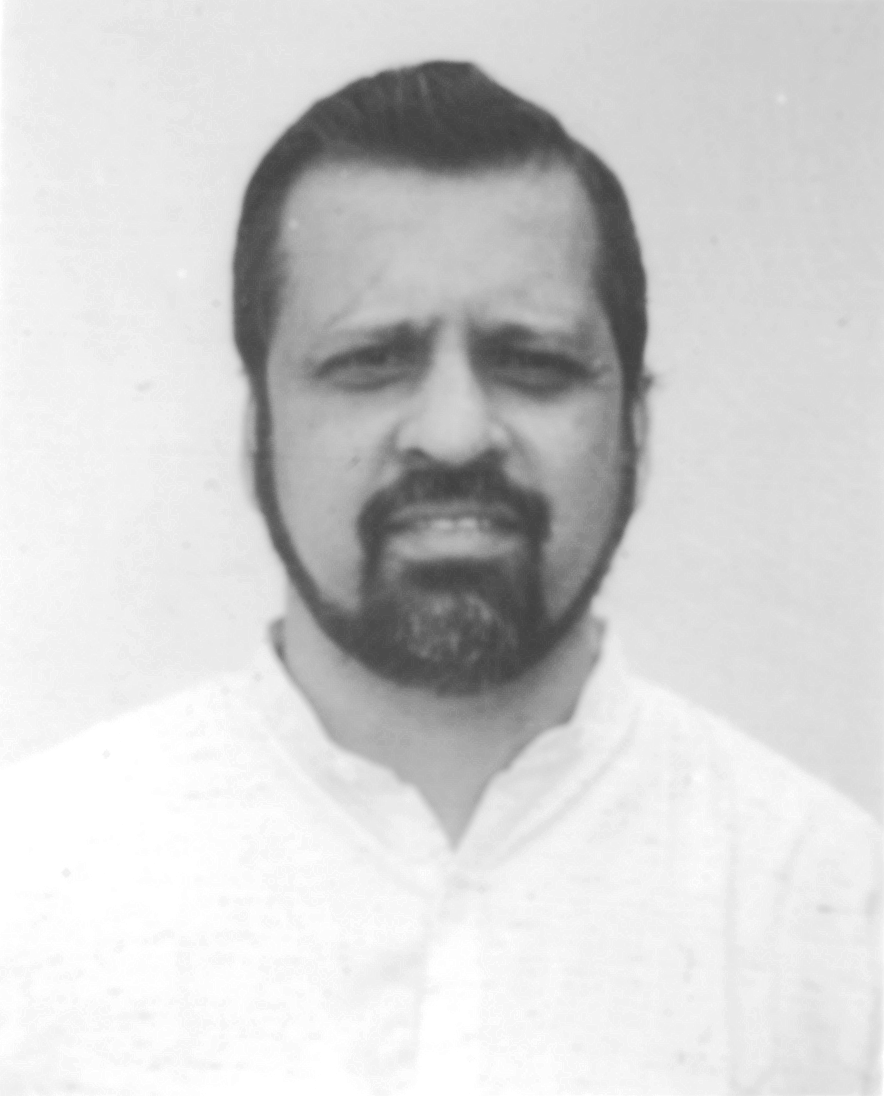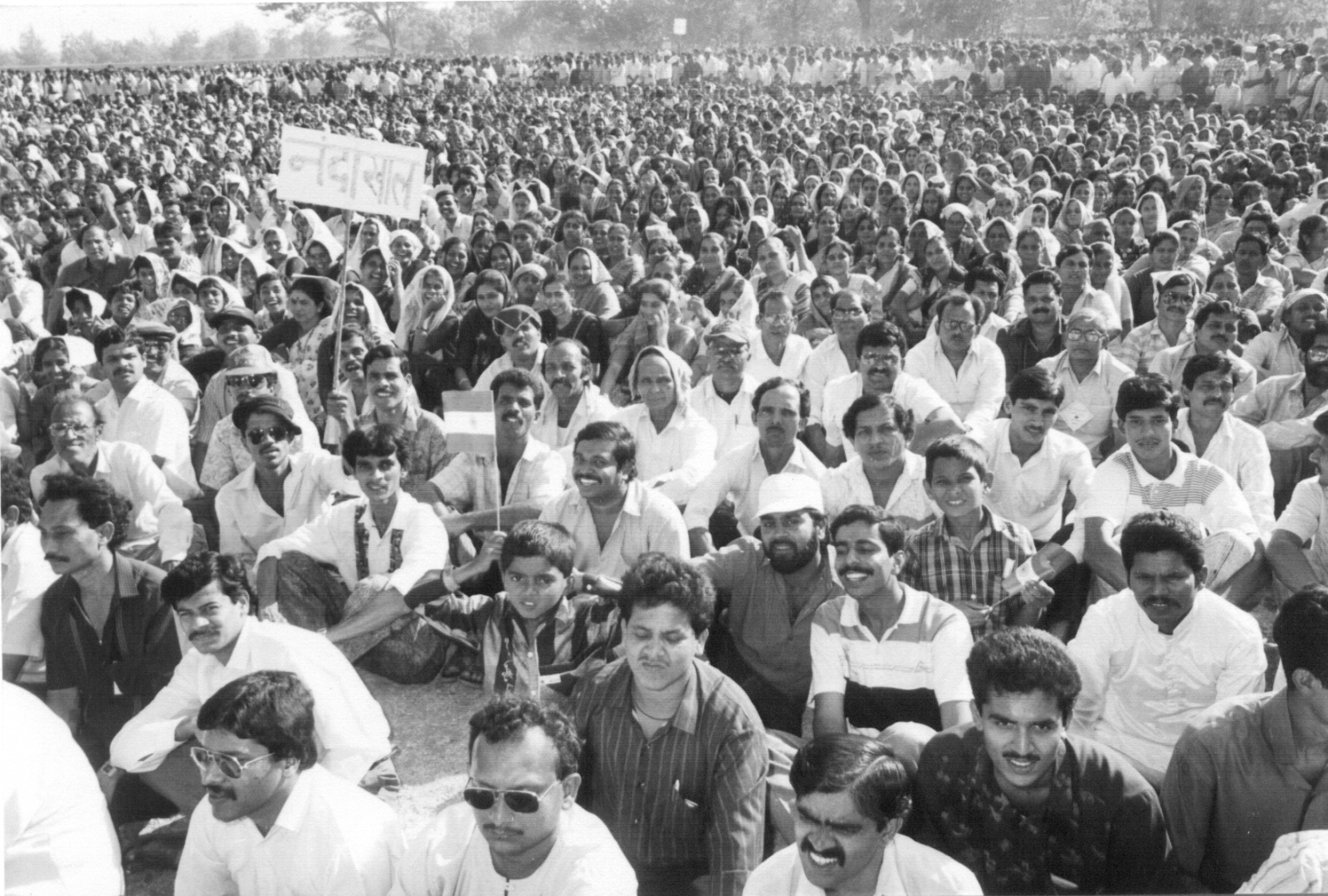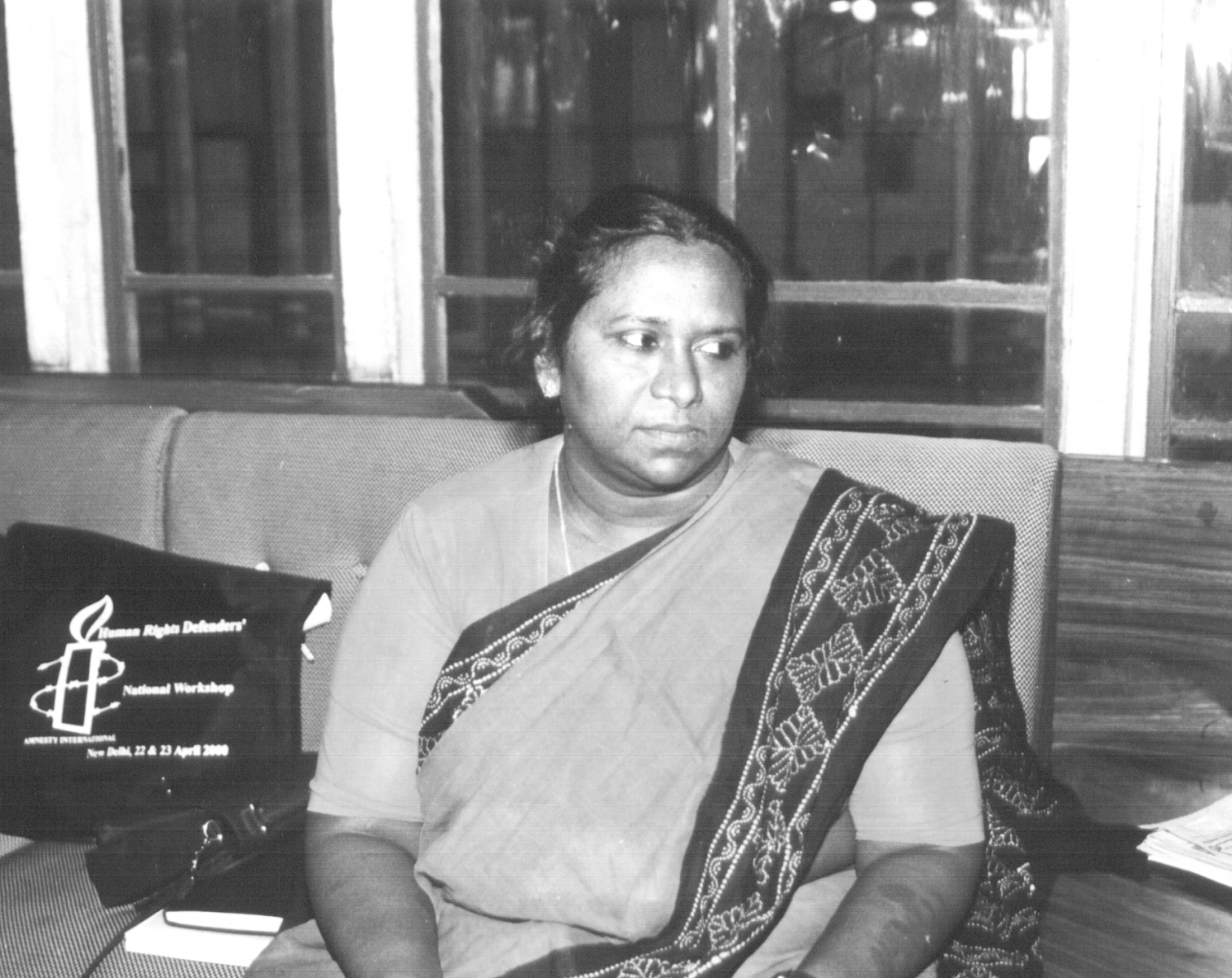
Courtesy: Shutterstock
The misgivings caused by the Vatican Declaration Dominus Iesus in September notwithstanding, the Catholic Church cannot go back on the spirit of inter-religious dialogue and mutual respect enkindled by the Vatican Council II in the early 1960s
The Catholic Church’s theology, as expressed in Vatican Council II (1962–’65), represented a paradigm shift. This showed in the way that the Church perceived itself and the attention that it paid to other religions, human freedom and historical consciousness. The Church had arrived at a new self–understanding that distanced itself from a triumphalism that was often associated with a pre–Vatican II Christianity. However, with the appearance of the Vatican Declaration Dominus Iesus (DI) — made public on September 5, 2000 — many feel that a pre–Vatican II theological perspective is being resurrected.
While the timing and tone of DI have raised certain fears about the future of ecumenism, it is good to remember that such a document cannot supersede the teachings of the Council. Before attempting to understand DI it will help to know what Vatican Council II affirmed in its documents about the relationship of the Church towards other religions. We shall then reflect on some of the questions raised by DI and comment on them.
The practice of religion usually suggests a way of life that includes beliefs, moral imperatives and sacred rites supported by an underlying faith in God. These elements unite persons and are meant to bring peace, harmony and deep human fulfilment to their lives. The unifying force of religion is based on the understanding that God is the origin and goal of all peoples on this earth.
Such an understanding is also the basis for different religions working with each other in collaboration and not in competition. When dialogue became the buzzword at Vatican Council II, the official Church was aware that a paradigm shift had occurred in the way the Catholic Church would view other religions.
The document that reflected the new thinking was Nostra Aetate (NA), the declaration on non–Christian religions. Its text has the following passage: “All men form but one community. This is so because all stem from the one stock which God created to people the entire earth, and also because
all share a common destiny, namely God” (NA 1).
It is a fact of experience that people of different faith persuasions exist side by side in our world and benefit each other by living out the genius of their own particular religion. In our own country, we can find religious persons who live in closeness to nature and thus enter the realm of the spirit; others fix their hearts and minds on the absolute by refraining from making images of the divine. Still others practise asceticism and give themselves to ritual observances with the hope of communing with the divine.
“The Catholic Church rejects nothing of what is true and holy in these religions. She has a high regard for the manner of life and conduct, the precepts and doctrines which, although differing in many ways from her own teaching, nevertheless often reflects a ray of that truth which enlightens all men.” (NA 2). Further on, Catholics are exhorted to “acknowledge, preserve and encourage the spiritual and moral truths” which are found in other religions. We may rightly conclude that more than mere tolerance is connoted in the teaching of the Catholic Church regarding other religions.
Tolerance demands that one party live with another without harming or hurting the other. But tolerance is not enough for building community. Hopefully, tolerance will give way to respect for the other and finally to a mutually enriching dialogue. Harmony among different religions supposes that religions are in dialogue with each other. In such dialogue, a sharing of values, understand-ings and concerns occurs so that a deeper God encounter takes place in both the dialogue partners.
The result of authentic dialogue is a transcending of the positions with which the dialogue partners began. Dialogue that is used for the sole purpose of imposing one’s own point of view on another is not authentic dialogue, but a manipulating strategy. When Pope John Paul II visited India in November 2000, he pointedly confirmed dialogue “as a characteristic mode of the Church’s life in Asia” (Ecclesia in Asia, no. 3), thus confirming what Vatican Council II had initiated.
Vatican Council II in which the official Catholic Church declared its positive assessment of other religions began a new era in the life of the Catholic Church. The beginning of a new historical consciousness led it to acknowledge the ways of the divine in those religions practised by the vast majority of people in the world.
For the first time in 20 centuries, the Church clearly recognised God’s presence in the lives of those who did not belong to the Catholic confession and a clear directive was given to Catholics to act in accordance with the new understanding. In Gaudium et Spes (GS), the Vatican II document dealing with the Church’s relatedness to the world, the Council states that God saves those who are not baptised members of the Church, in a manner known to him (GS 22).
In her teaching, the official Catholic Church upholds the right of a person to follow the religion of his/her choice. In Dignitatis Humanae (DH), the Vatican II document on religious liberty, the following is stated: “The Vatican Council declares that the human person has a right to religious freedom. Freedom of this kind means that all men should be immune from coercion on the part of individuals, social groups and every human power so that, within due limits, nobody is forced to act against his convictions in religious matters in private or in public, alone or in associations with others”(DH 2).
Although the Catholic Church and her members are convinced of the truth of the Christian faith, they are obliged to uphold the right of all to follow the religion of their choice. In fact, after Vatican II, some predominantly Catholic countries were obliged to change their laws in order to offer all their citizens the freedom to practise and profess publicly the religion of their choosing.
But it has taken centuries for the Catholic Church to change her attitude to other religions and accord them recognition and respect. In the fifteenth century a Council of the Church could still assert that no one who remained outside the Catholic Church, “not only pagans, but also Jews, heretics or schismatics” could partake of eternal life. This view was the logical outcome of the oft-repeated position: “outside the Church there is no salvation”.
For the first time in 20 centuries, the Church clearly recognised God’s presence in the lives of those who did not belong to the Catholic confession.
Today, the official Church does not teach that the unbaptised are lost. In fact, the Church accepts that God saves persons even when they are not found within the visible confines of the Church. Among the many new teachings that Vatican II offered, the one found in Lumen Gentium (LG), a document specifying the nature of the Church, has been of particular significance for grasping how salvation comes to persons who are not members of the Catholic Church.
“Those who, through no fault of their own, do not know the Gospel of Christ or his Church, but who nevertheless seek God with a sincere heart, and, moved by grace, try in their actions to do his will as they know it through the dictates of their conscience — those too may achieve eternal salvation” (LG 16).
We can rightly conclude that the teaching from Vatican Council II viewed the relationship between Christianity and other religions as positive and beneficial. Secondly, such teaching admitted that persons outside the visible confines of the Catholic Church could be saved. Thirdly, the Council acknowledged the God–given right of every person to choose and follow his/her own religion.
In the light of the official teaching that was enunciated in Vatican II, an understandable surprise greeted the appearance of the Declaration Dominus Iesus (DI). Was DI aimed at the Indian theologians, as Cardinal Cassidy, president of the Pontifical Council for Promoting Christian Unity, suggested? No, one is quite sure. The document claims that it does not teach anything new, but merely presents “the principal truths of the Catholic faith” in areas where “confused or erroneous ideas and opinions” are found.
Can a Catholic discern positive and helpful elements in such a document? He/she can, for DI is an official pronouncement of the Catholic Church having “a universal magisterial nature”. For instance, DI underlines the obligation of the Catholic to share his/her Christian experience of God with all those who look for it. This has always been a legitimate concern of the Catholic Church although it has sometimes used objectionable means to achieve the end.
DI also reminds the Catholic that Jesus Christ remains the central focus for the Christian and the ultimate norm for his/her way of life. DI rightly questions a lackadaisical approach to religion that looks for the lowest common denominator in appreciating the merits of one religion from those of another.
Seriousness in the matter of choosing one’s religion is expected of a person who is making a faith commitment to God. DI asks Catholics to respect the contents of the Church’s faith when fashioning responses to the pressing needs of contemporary culture (DI 3).
Yet, one wonders why DI portrays the sharing of the Christian experience of God only from the standpoint of the mission texts found in Mark 16:15-16 and Matthew 28:18-20 (no. 1). These texts conjure up visions of colonial conquests and campaigns of the conquistadors! Would not such sharing be better illustrated by listing references in Matthew 5:13-14, where the Christian is called to be the salt that seasons or the light illumining the world; or Matthew 25:34-40, which points out that service to the needy makes one a member of God’s kingdom; or John 13:35, where Jesus proclaims that loving another person is a sign of being his disciple?
One can also agree that a believer finds the religion of his/her choice uniquely suitable for making his/her faith commitment and consequently for obtaining salvation.
Mother Teresa made this point very correctly when she said: “I like all religions but I am in love with my own.” Hence, for the Christian, Jesus Christ is unique and makes a total claim on him/her.
But it is not clear how one can view beliefs present in religions other than Christianity as the product of mere human effort (DI 7). And yet, DI itself concedes that God “does not fail to make himself present in many ways, not only to individuals, but also to entire peoples through their spiritual riches, of which their religions are the main and essential expressions even when they contain “gaps, insufficiencies and errors’” (no. 8). Further, DI would need to justify its claim that the “followers of other religions” even if they can receive divine grace “are in a gravely deficient situation in comparison with those who, in the Church, have the fullness of means of salvation” (DI 22). It is difficult to understand why DI would want to make such pronouncements about the religion of another.
The Catholic in India is deeply committed to the person of Jesus as found in the apostolic faith of the Church. But he/she is also aware of God’s presence in the other religions that must be respected and reverenced. This awareness is the fruit of firsthand experience from living with those of other religions.
The task of the Indian Church is to proclaim the Christian experience as a response to the real needs of people. The Church must not give cause to view this task as a threat to other religions. Hence, Catholic theologians in India living in the midst of religious pluralism continue to theologise in a way that is truly Christian and authentically Indian.
The Church’s official teaching today cannot go back on what was proclaimed and promulgated in Vatican Council II. Whatever be the misgivings that occur because of the style and expression in DI, those of other faiths must know that the spirit of religious dialogue enkindled in Vatican Council II cannot be extinguished.
—————————————————————————————————————————————-
Christian contribution
EDUCATIONAL INSTITUTIONS
Colleges and Vocational Training Schools (Total: 292)
(Catholic Church –182, Church of South India-28, The Lutheran Churche-24, The Church of North India-34, The Methodist Church – 17, The Mar Thoma Church – 6, The Seventh-day Adventist Church – 1)
Junior Colleges (Total: 170)
(Catholic Church – 168, The Seventh-Day Adventist Church – 2)
Secondary and Higher Secondary Schools (Total: 3,614)
(The Catholic Church – 3,074, The Church of South India – 203, The Lutheran Church – 92, The Church of North India – 193, The Mar Thoma Church – 29, The Seventh-day Adventist Church – 15, The Salvation Army – 8)
Pre-Primary and Primary Schools and Village Schools (Total: 11,801) (The Catholic Church – 8,733, The Church of South India – 1,896, The Luteran Church – 484, The Church of North Church – 198, The Mar Thoma Church – 135, The Salvation Army – 102)
Technical Training, Industrial and Agricultural Schools (Total: 1,127) (The Catholic Church – 1053, The Church of South India – 65, The Lutheran Church – 2, The Church of North India – 26, The Mar Thoma Church – 7)
Teacher Training Schools (Total: 15) (The Church of South India – 12, The Lutheran Church – 3)
Training College (Total:1) (The Lutheran Church – 1)
Day and Boarding Schools (Total:108) (The Methodist Church – 108)
Lower Schools (Total: 150) (The Seventh-Day Adventist Church – 150)
SOCIAL WELFARE INSTITUTIONS
Hostels (Total: 3,403). (The Catholic Church – 2719, The Church of South India – 338, The Church of North India – 158, The Luteran Church – 110, The Methodist Church – 50, The Salvation Army – 18, The Mar Thoma Church – 10)
Orphanages (Total: 1,645)
(The Catholic Church – 1,320, The Church of South India – 282, The Luthean Church – 33, The Mar Thoma Church – 10)
Dispensaries (Total: 1,875). (The Catholic Church – 1716, The Church of South India – 109, The Church of North India – 11, The Lutheran Church – 19, The Salvation Army – 20)
Primary, Community and Rural Health Centres (Total: 49) (The Lutheran Church – 15, The Seventh-day Adventist Church – 34)
Hospitals (Total: 883). (The Catholic Church – 679, The Church of South India – 67, The Church of North India – 54, The Lutheran Church – 29, The Methodist Church – 8, The Salvation Army – 16, The Mar Thoma Church – 18 The Seventh-day Adventist Church – 12)
Homes for the Aged and the Destitute (Total: 321). (The Catholic Church – 309, The Lutheran Church – 8, The Mar Thoma Church – 4)
Leprosaria (Total: 276) (The Catholic Church – 276)
Rehabilitation Centres — Leprosy (Total: 240) (The Catholic Church – 154, The Church of South India – 41, The church of North India – 11, The Lutheran Church – 3, The Methodist Church – 10, The Salvation Army – 13, The Mar Thoma Church – 8)
Natural Family Planning Centres (Total: 58) (The Catholic Church – 58)
Social Welfare Centres (Total: 279) (The Catholic Church – 276, The Mar Thoma Church – 3)
Creches (Total: 136) (The Church of South India – 136)
Adult Education Centres (Total: 4) (The Lutheran Church – 4)
Schools for the Blind (Total: 3) (The Lutheran Church – 3)
Social Service Centres (Total: 25) (The Methodist Church – 25)
Psychiatric Centre (Total: 1) (The Methodist Church – 1)
Children’s and Women’s Homes (Total: 41) (The Salvation Army – 41)
ECONOMIC/FINANCIAL INSTITUTIONS
Employment Bureaus (Total: 36) (The Catholic Church – 36)
Farm Colonies (Total: 3) (The Salvation Army – 3)
Cooperative Societies and Banks (Total: 228) (The Catholic Church – 228).





.jpg)
